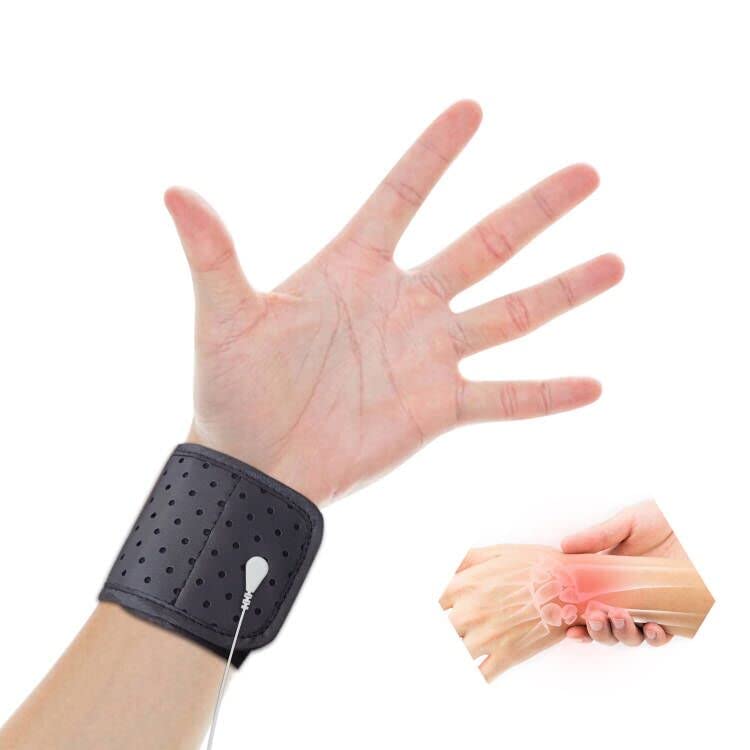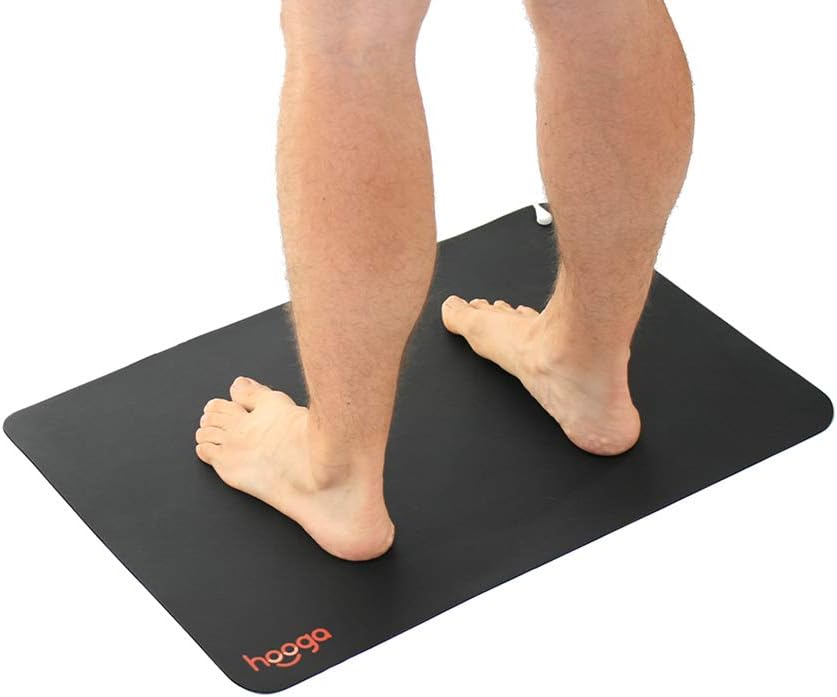Grounding, also known as earthing, has been gaining recognition in recent years for its potential health benefits. But what is grounding exactly? Grounding is the practice of connecting with the Earth’s energy and natural electricity by making contact with the ground.
Mayo Clinic Earthing, a study conducted by the Mayo Clinic, examined the effects of grounding on our physical and mental health. This blog post will explore the Mayo Clinic Earthing study, as well as the potential benefits of grounding, to uncover the hidden power of connecting with the Earth.
Table of Contents
ToggleMayo Clinic Earthing: How it Works
Mayo Clinic Earthing is a groundbreaking study that delves into the mechanism behind grounding and its potential health benefits. This study explores how connecting with the Earth’s energy and natural electricity can impact our physical and mental well-being.
By making contact with the ground, we allow our bodies to absorb electrons from the Earth, which may help reduce inflammation, improve sleep, and enhance overall vitality. Understanding the science behind Mayo Clinic Earthing can provide us with valuable insights into the power of this simple yet profound practice.
What is Grounding?

Grounding, also known as earthing, is the practice of connecting with the Earth’s energy and natural electricity by making contact with the ground. It involves walking barefoot on grass, sand, or soil, or using conductive materials like grounding mats or sheets. This direct physical connection allows our bodies to absorb electrons from the Earth, which may help balance the body’s electrical charge and promote overall well-being.
Grounding is believed to bring us back to our natural state of harmony with the Earth, helping to reduce stress, inflammation, and promote better sleep. It is a simple yet powerful practice with potential health benefits that are worth exploring.
The Mayo Clinic Earthing Study: Key Findings
The Mayo Clinic Earthing study delves into the effects of grounding on our physical and mental health, providing valuable insights into the power of this practice. Key findings from the study reveal that grounding can reduce inflammation, improve sleep, and enhance overall vitality.
By making direct contact with the ground and absorbing electrons from the Earth, we can bring our bodies back to a natural state of harmony. These findings highlight the potential health benefits of grounding and emphasize the importance of reconnecting with the Earth’s energy.
Health Benefits of Grounding According to the Mayo Clinic
The Mayo Clinic Earthing study has revealed several potential health benefits of grounding. According to the study, grounding can help reduce inflammation, improve sleep, and enhance overall vitality. By making direct contact with the Earth and absorbing its electrons, we can bring our bodies back to a natural state of balance.
Grounding is believed to have a positive impact on our physical and mental well-being, promoting a sense of harmony and reducing stress. These findings from the Mayo Clinic highlight the immense potential of grounding for our health and well-being.
Supporting Evidence from Other Studies
Other studies have also provided evidence supporting the potential benefits of grounding. Research conducted by the University of California, Irvine found that grounding can improve heart rate variability and decrease blood viscosity, both of which are important markers of cardiovascular health.
Additionally, a study published in the Journal of Environmental and Public Health demonstrated that grounding can have a positive impact on mood, reducing feelings of stress and enhancing overall well-being. These findings further reinforce the notion that connecting with the Earth’s energy through grounding can have significant benefits for our physical and mental health.
Getting Started with Grounding: Tips and Best Practices
To get started with grounding, there are a few tips and best practices to keep in mind. First, find a natural environment where you can make direct contact with the ground, such as a grassy area, sandy beach, or bare soil. Take off your shoes and socks to allow your feet to connect directly with the Earth.
It’s important to spend at least 30 minutes to an hour each day grounding to experience its benefits fully. Additionally, consider using grounding mats or sheets if you’re unable to go outside. Incorporating grounding into your daily routine can be as simple as taking a walk or meditating outdoors. Experiment with different grounding practices to find what works best for you, and remember to approach grounding with an open mind and a sense of curiosity.
